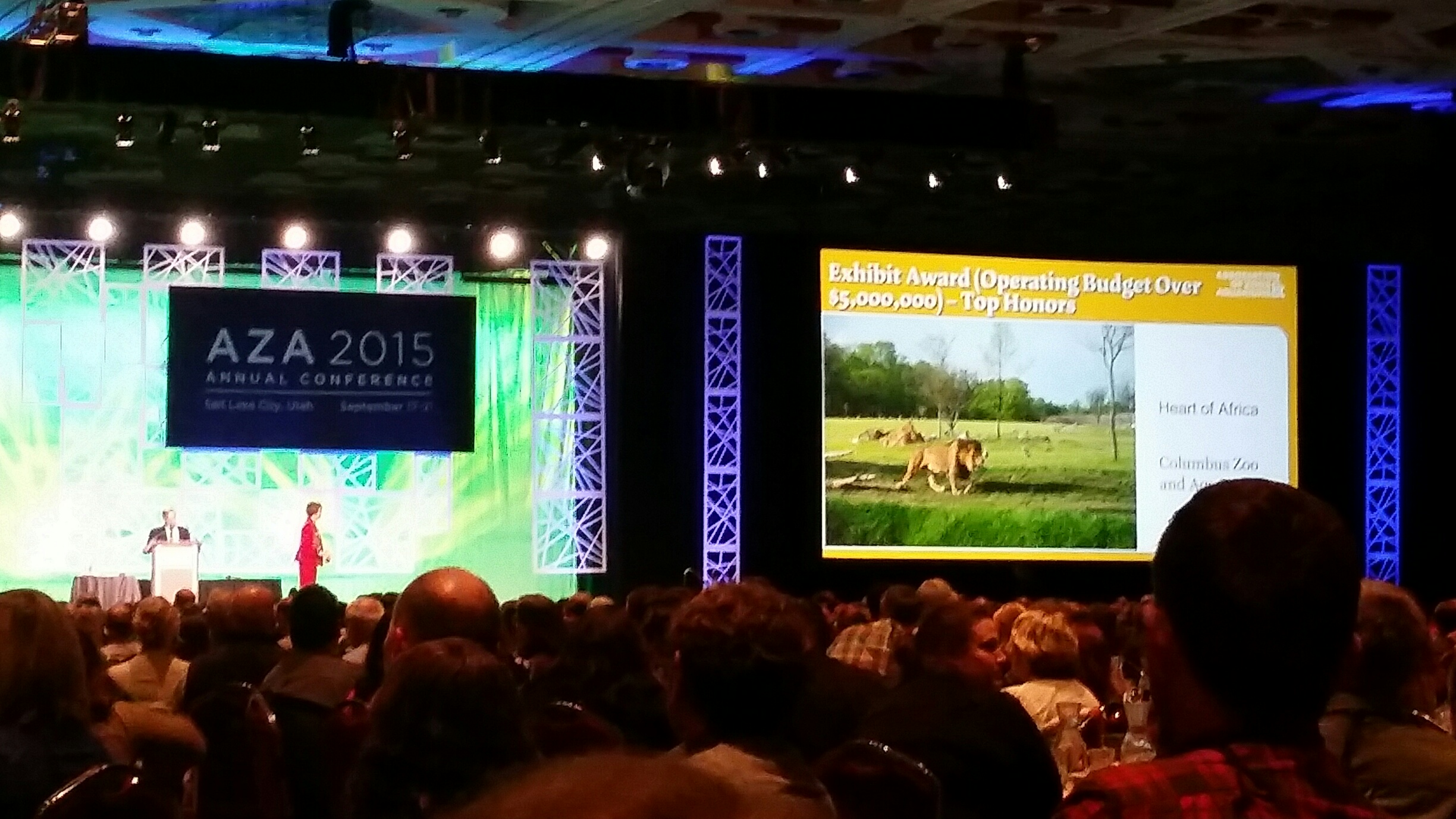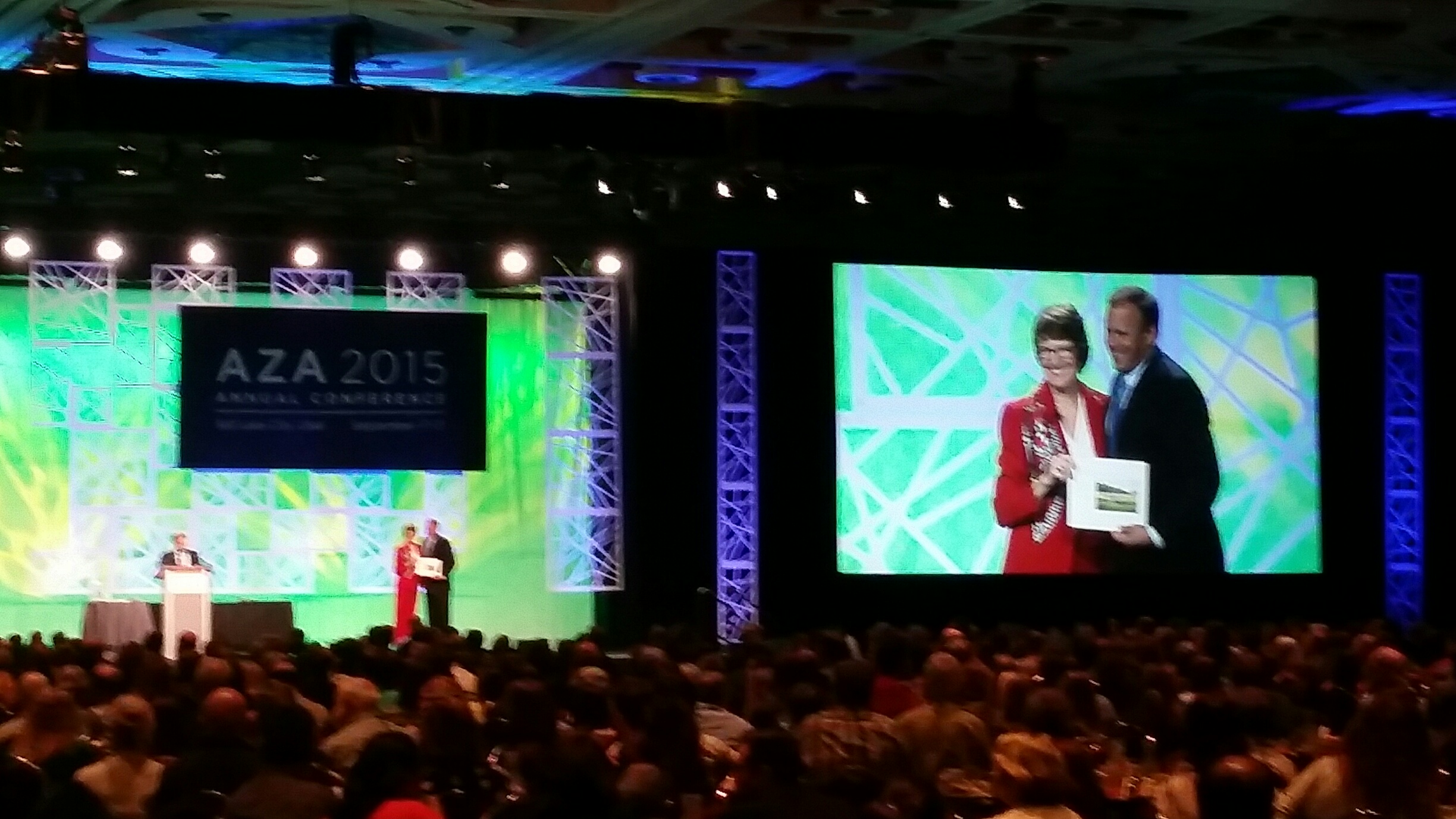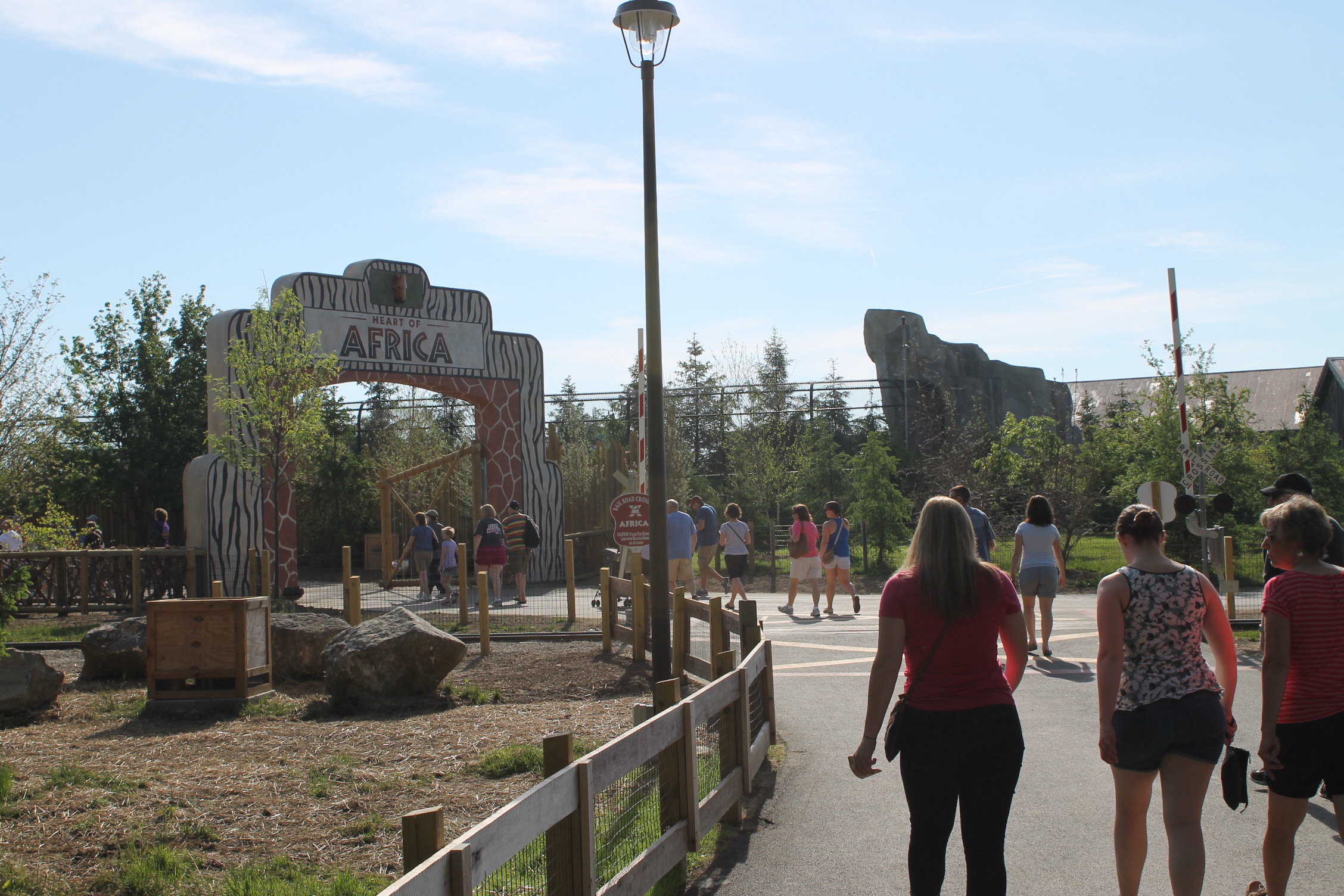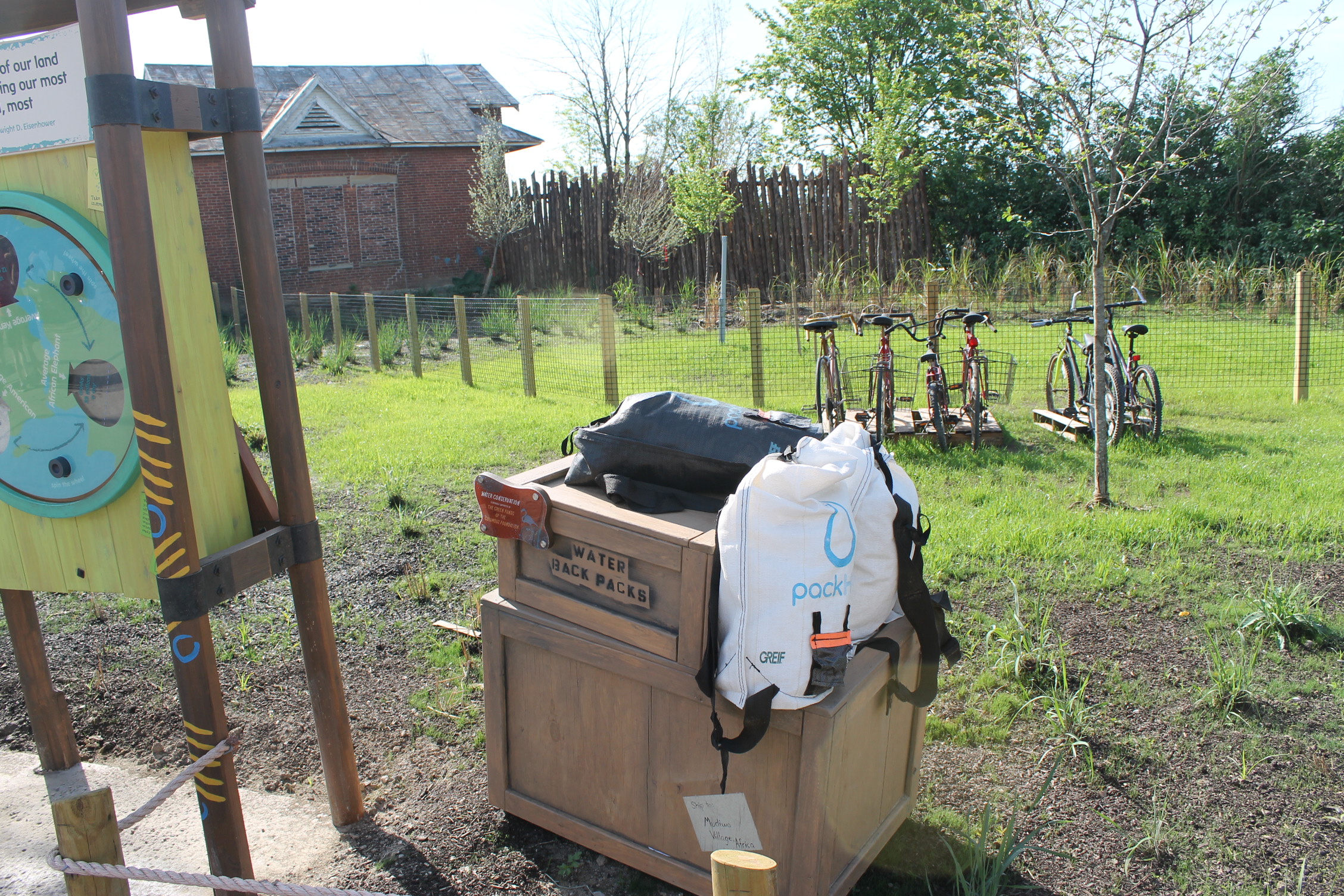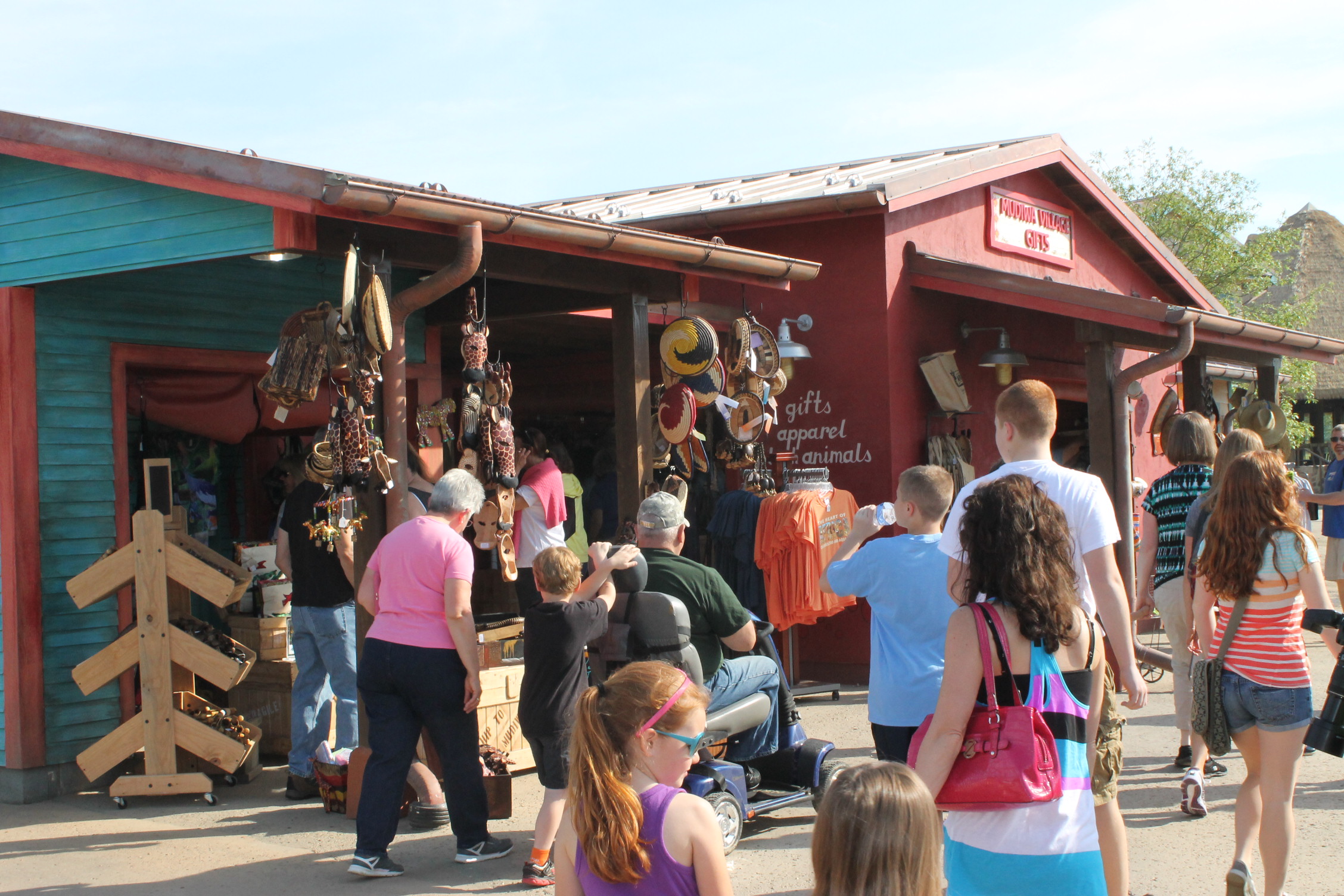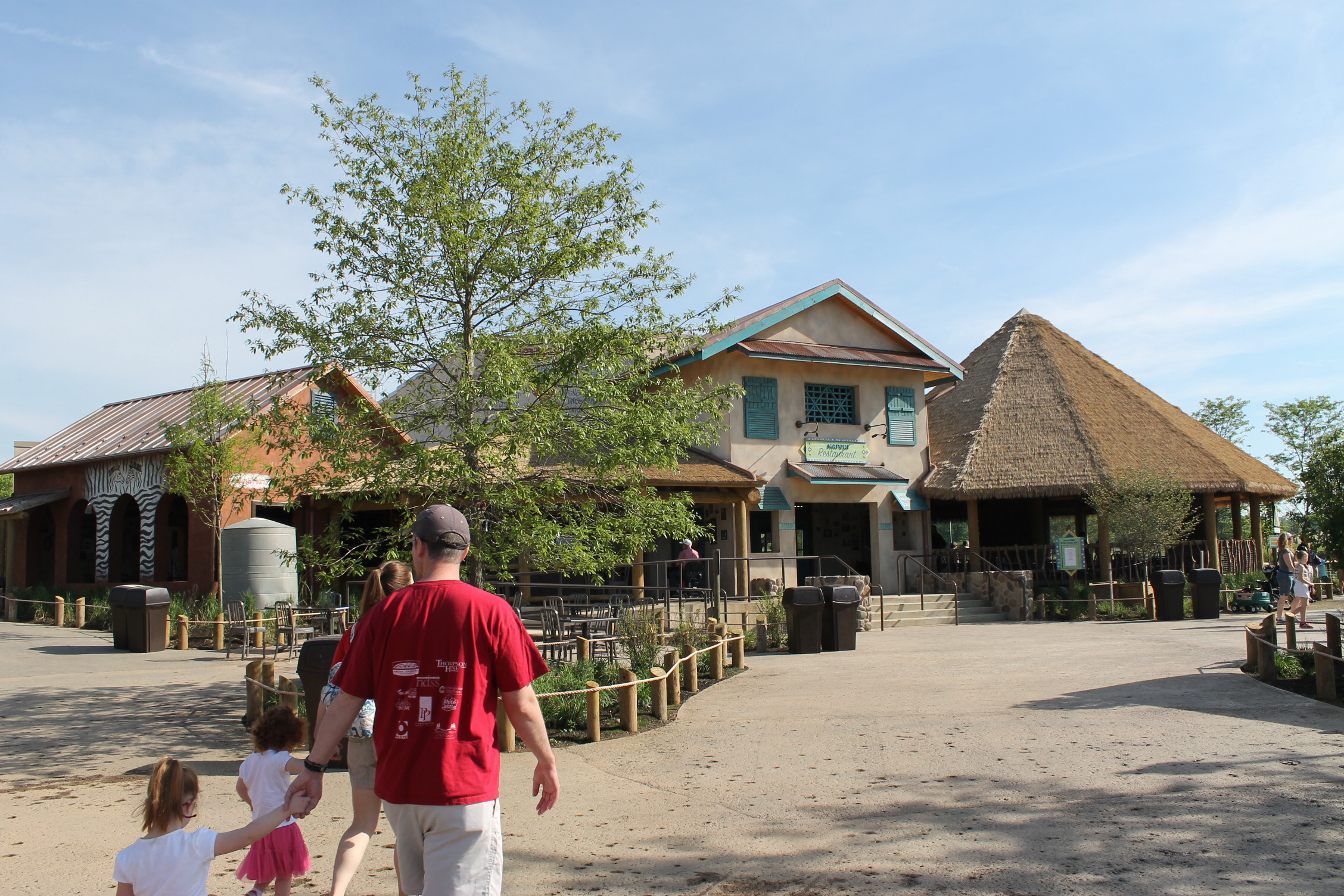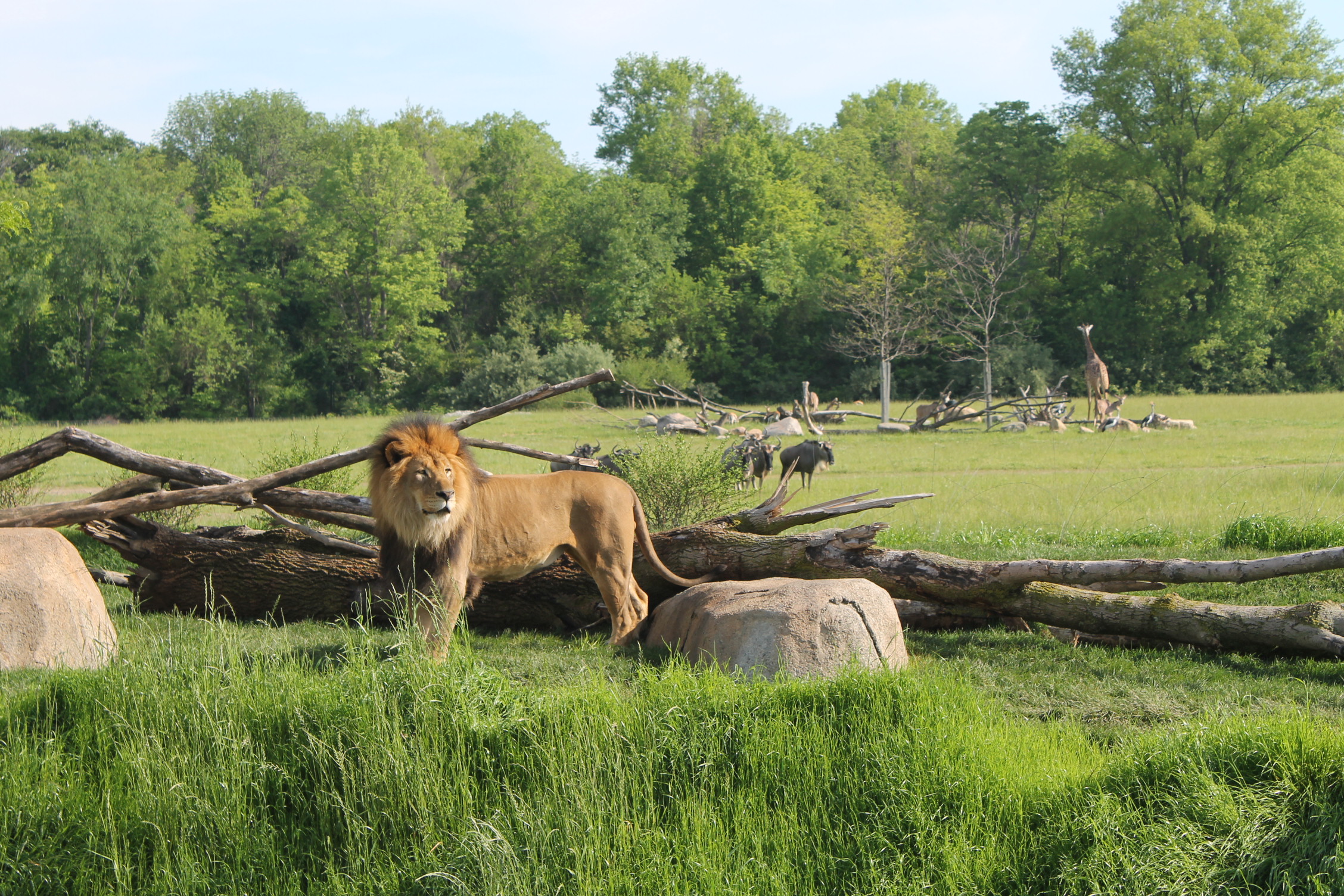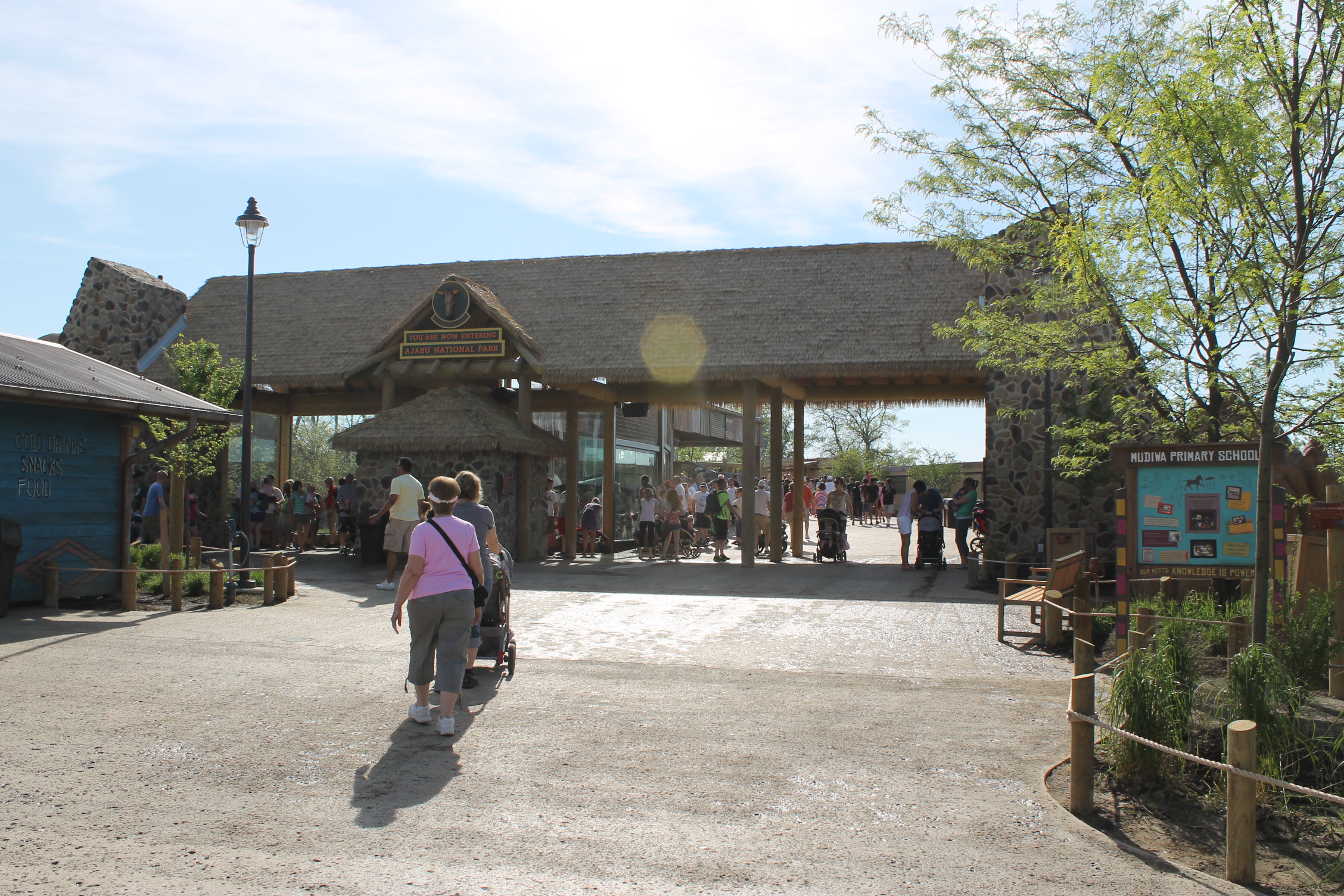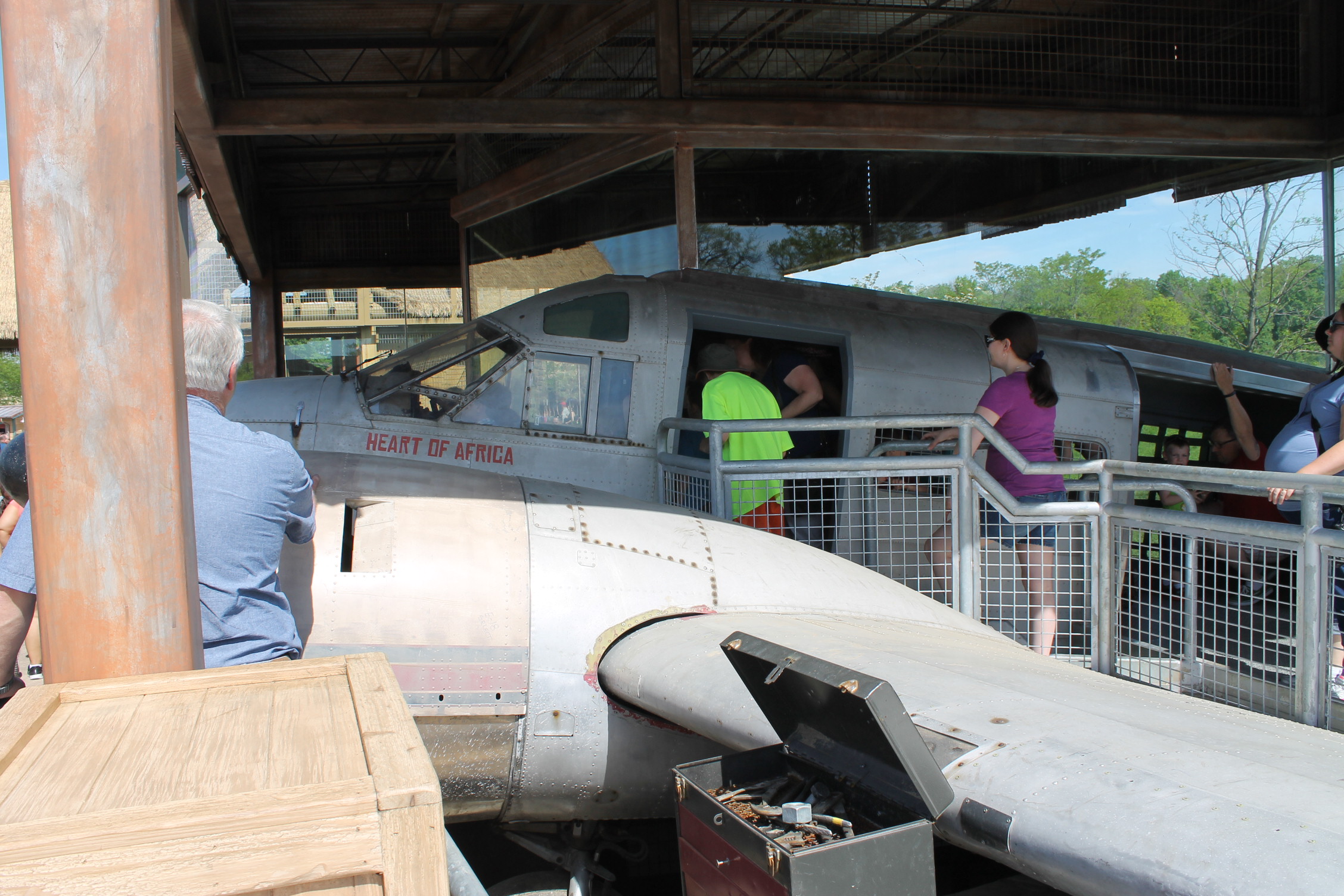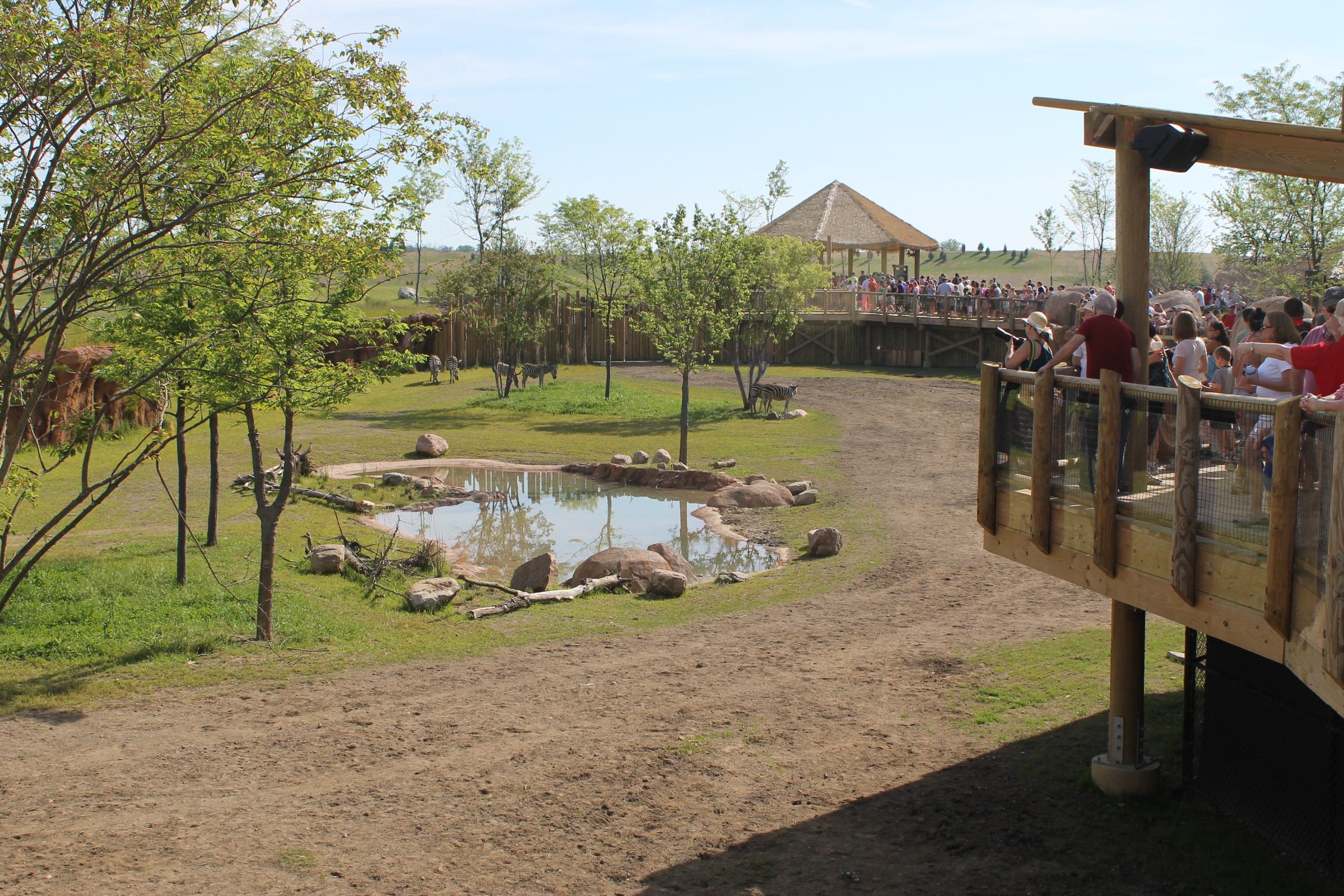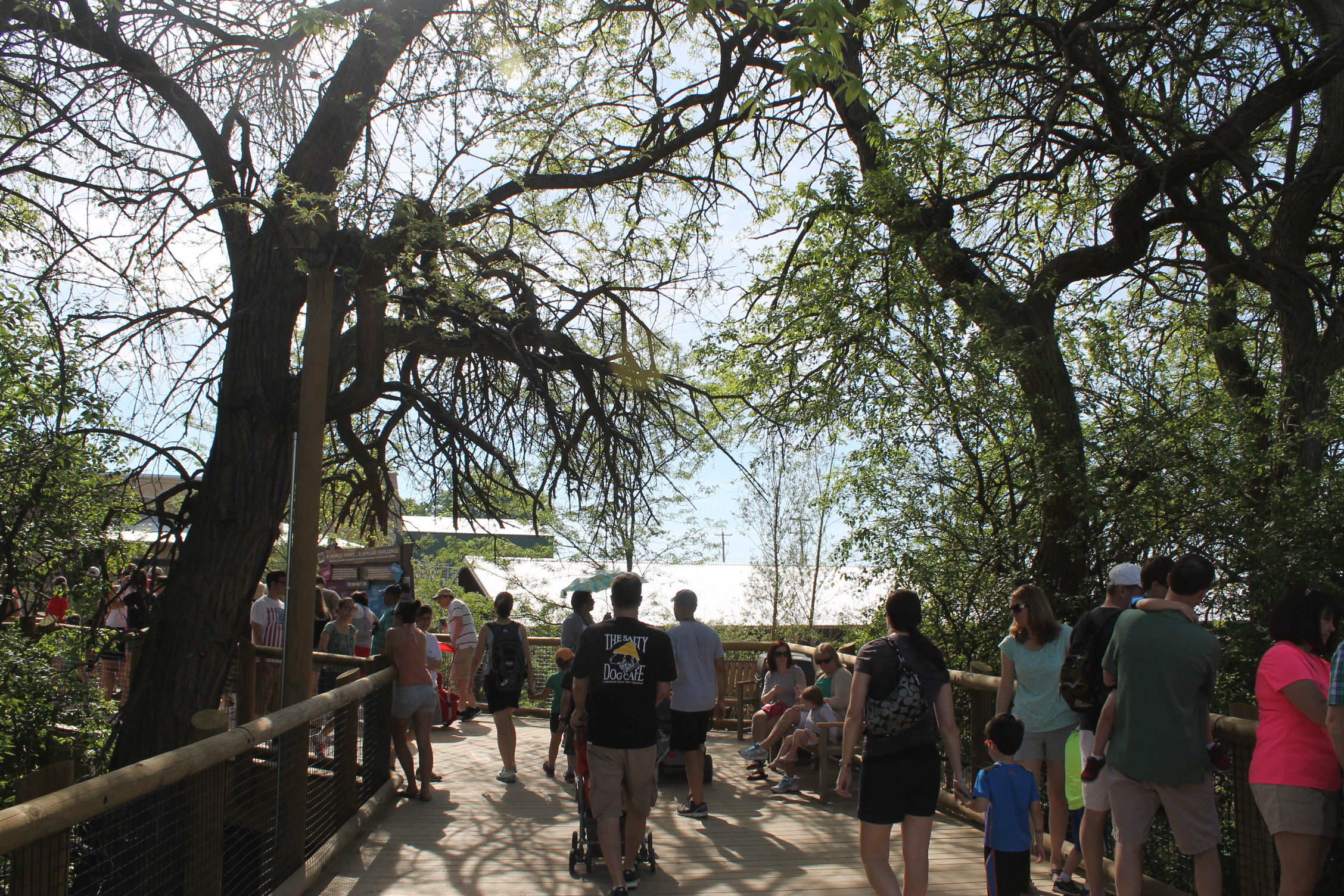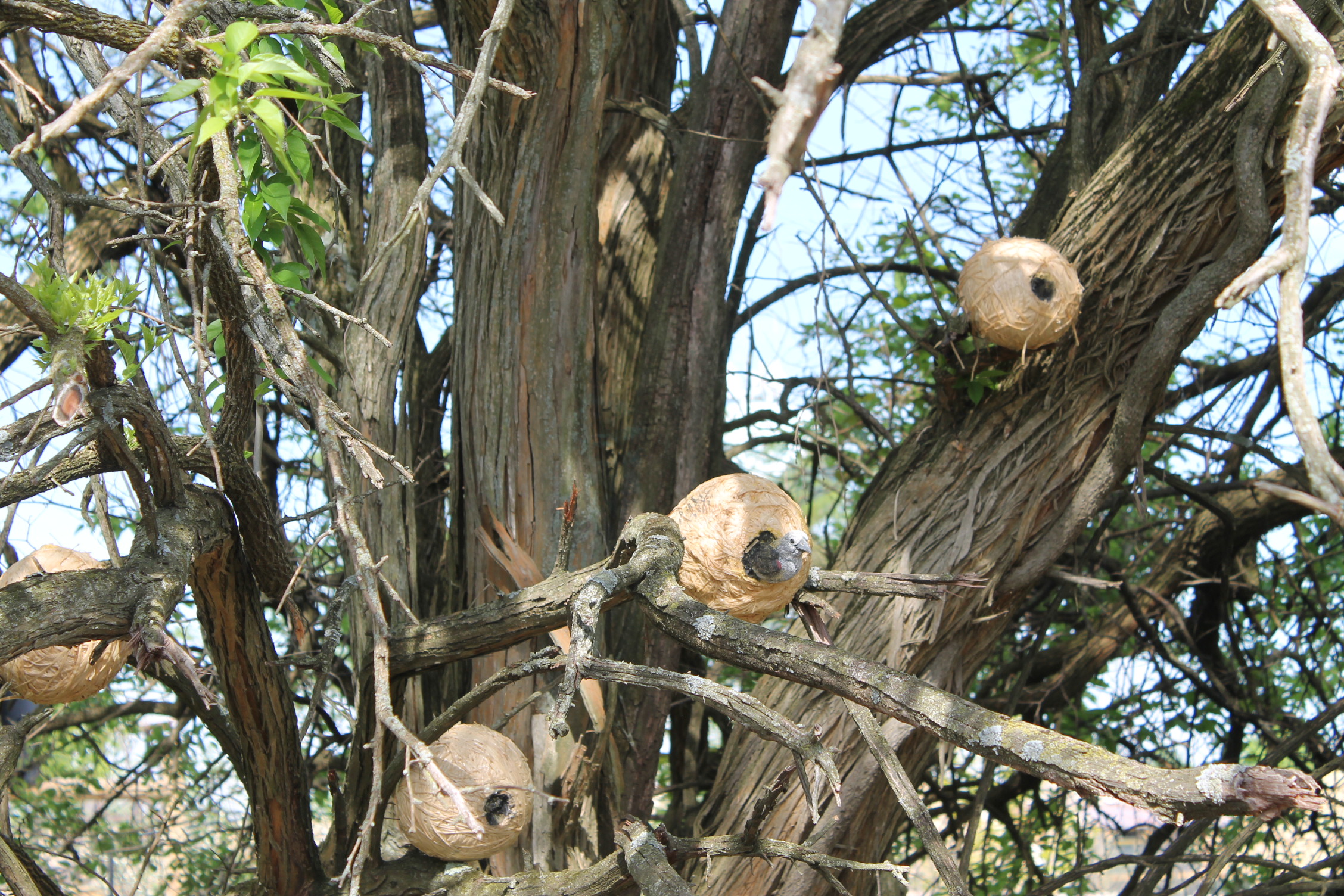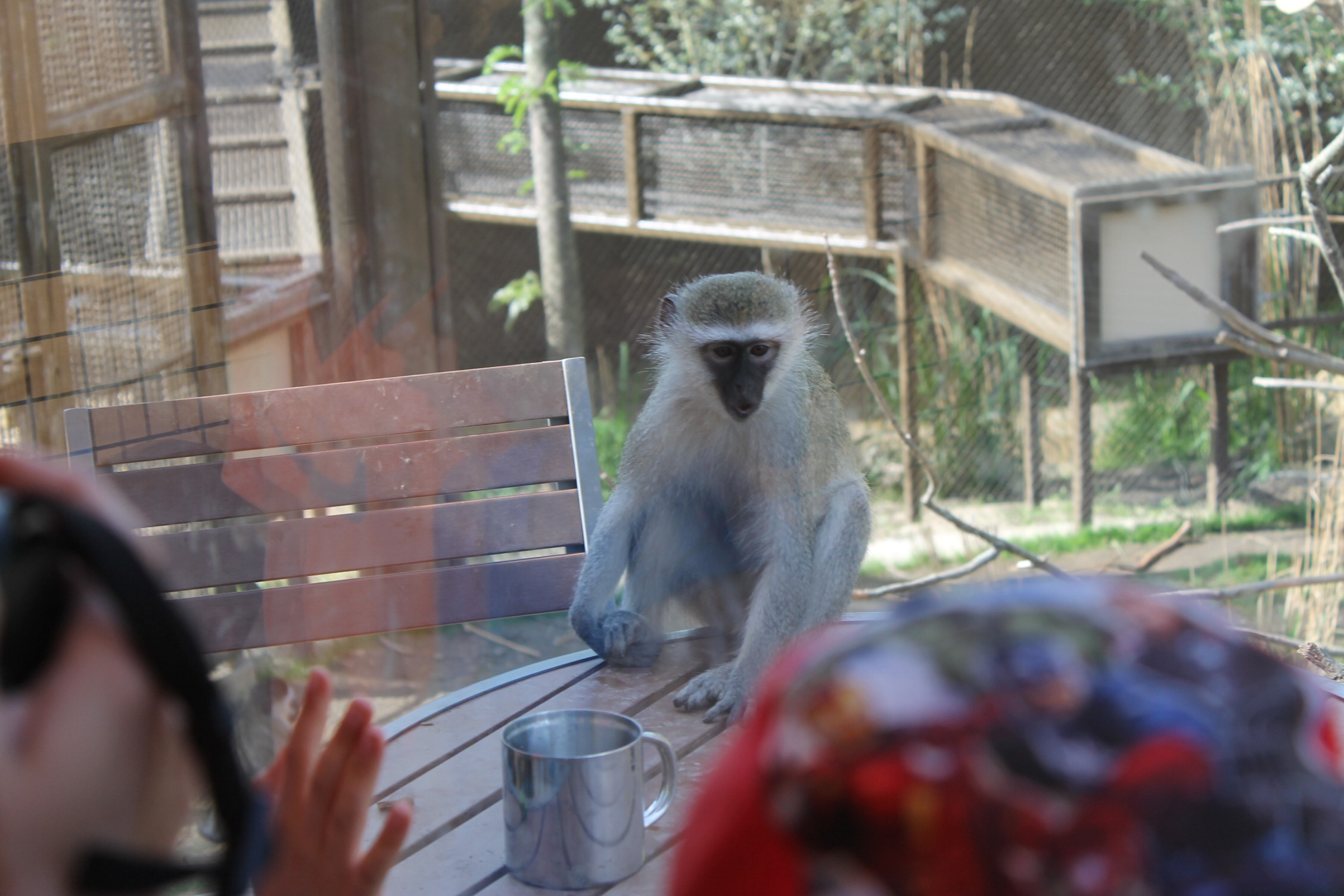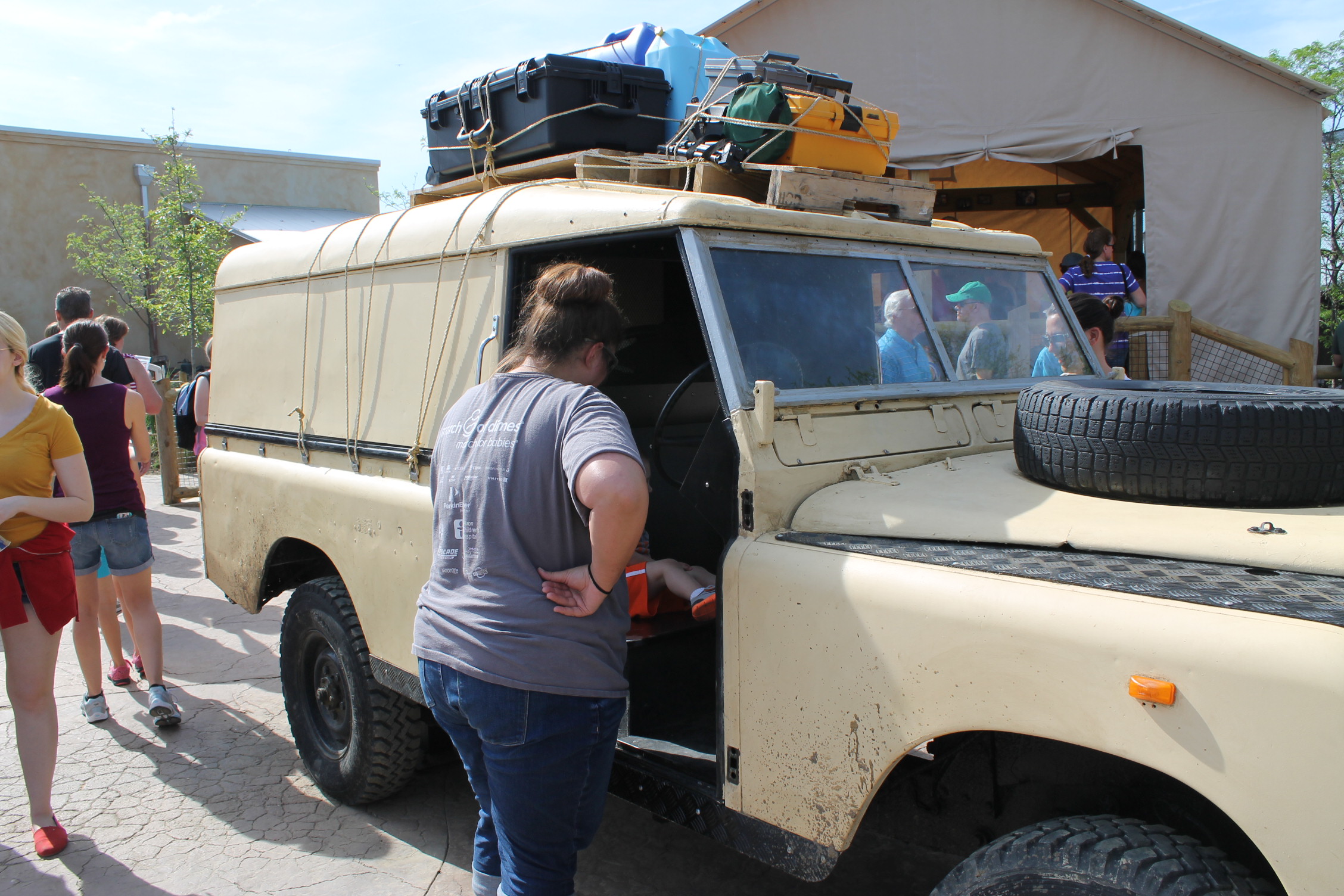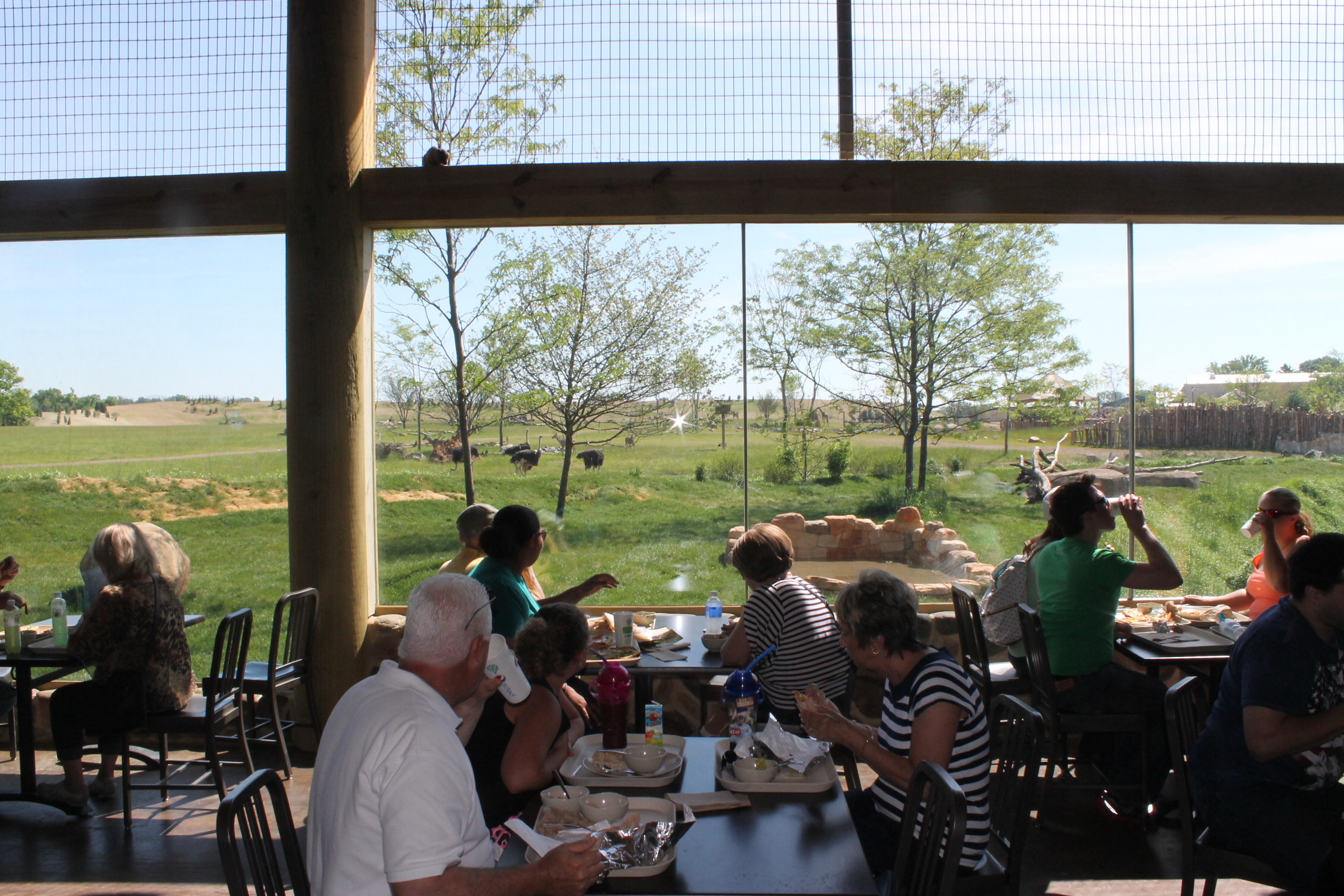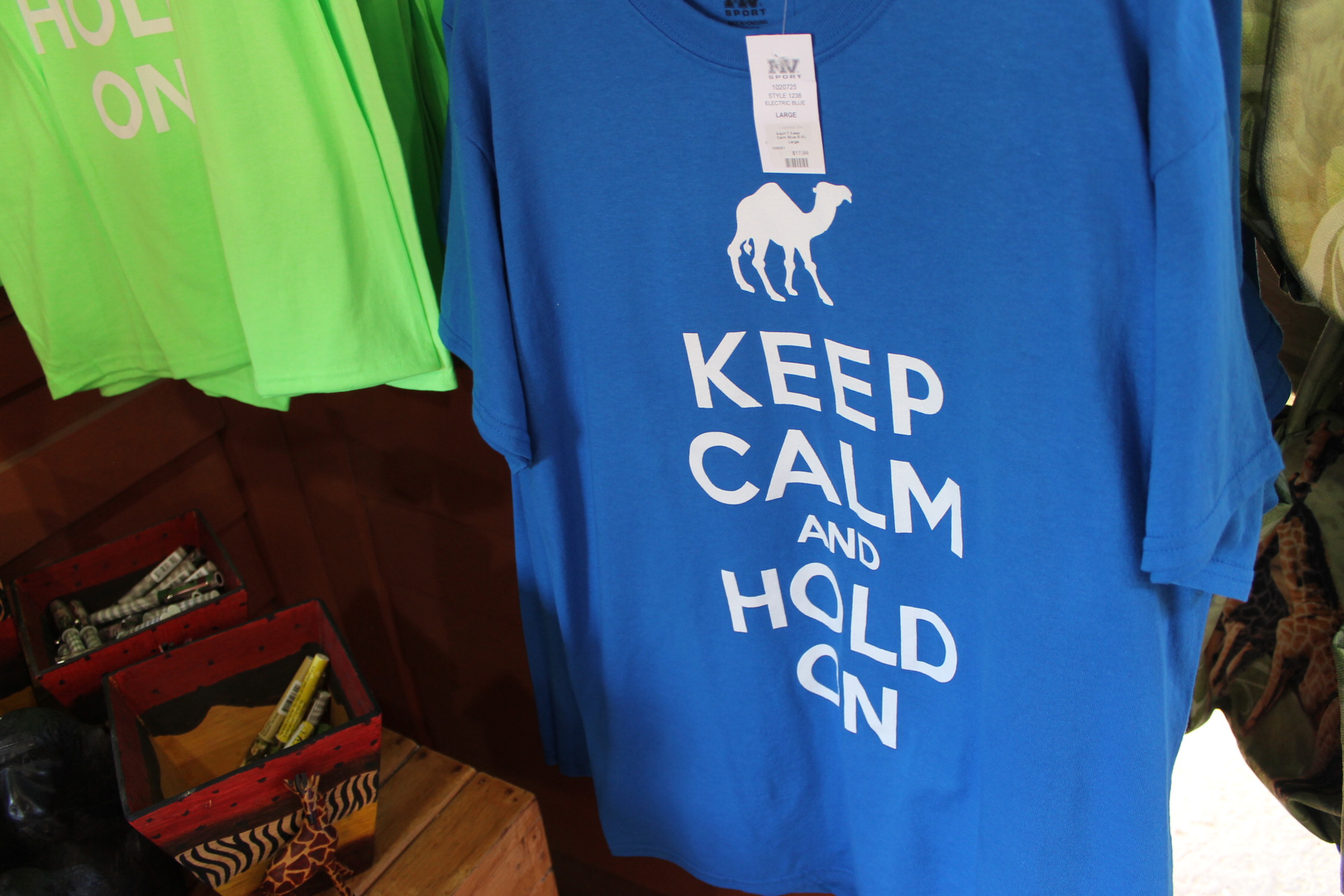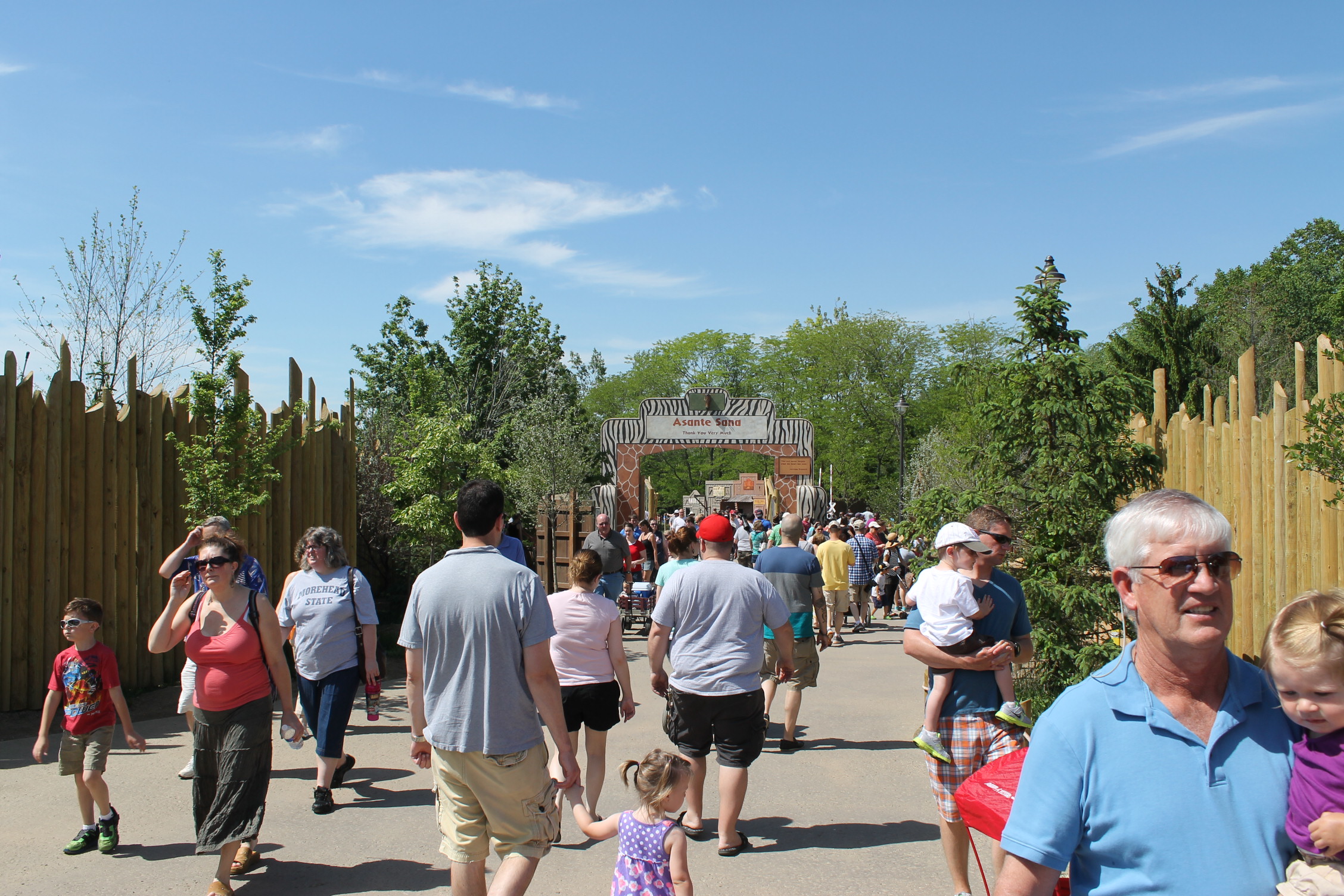Updated October 1, 2015:
I'm overjoyed to announce our project has received Top Honors in Exhibit Design from the AZA! I was lucky enough to watch CZA President and CEO accept the award at the annual awards luncheon at the National AZA Conference 2015 in Salt Lake City. Absolutely one of the great moments of my life so far...
It might surprise you to hear that I’ve been working at PGAV for 11 years now, and I’ve only seen a few projects that I worked on open. That’s something you may not know about being a designer (it’s kind of the industry dirty little secret); many projects that you dedicate years of work to, get shelved. Even with a high industry success rate, like what PGAV has, many projects disintegrate and disappear entirely.
Even with a high industry success rate, like what PGAV has, many projects disintegrate and disappear entirely.
What’s perhaps more interesting than that is that my role specifically at PGAV is generally focused on the largest scale planning—master plans for zoos and aquariums, conceptual storylines and site planning, exhibit programming and initial layout—which means my involvement in projects quickly tapers as more and more detail develops. For example, although I understand how to put together a swing gate in a wood fence, there are highly talented architects in our office who more thoroughly understand the exact finish, gauge, hardware, species of wood, width of gaps, and hinge detailing, and draw them quicker and more efficiently than I. These people pick up where I drop off, and they continue to see the project through to construction. Because of this, I often am not involved as projects develop past initial or conceptual planning. But, Columbus Zoo’s Heart of Africa is different. My involvement in this project continued, to one extent or another, from the master plan development through construction documents. This is truly the first project that I was so deeply involved in that actually made it to opening day. And I’m excited.
I got to visit Heart of Africa (originally called ‘Safari Africa’) on opening weekend which happened to fall on Memorial Day. My visit fortuitously coincided with what will likely be one of the biggest weekends the exhibit will ever see. I was nervous about this, but happy to say, despite the massive crowds, the exhibit worked. I even overheard probably the best compliment possible from a mom visiting a zoo: “That was so worth the crowd!” Amazing.
Let me tell you a little about the project. It’s a 43-acre expansion of the original zoo onto land that was previously used for farming. The expansion area, located to the northwest, provided an awkward connection point, and an even longer walk from the front door than already existed. Because of this, the project includes a new tram system connecting guests from the front door of the zoo to the front door of the exhibit.
Guests arrive to Heart of Africa through a massive entry gate, demarking the outskirts of the modern day African village built up around the front gate to an East African National Park. The village grew over time, as more and more tourists visited the Park, and its mixture of cultural influences are obvious in the architecture and murals found throughout. Just inside the village fence, (thematically) travelers are encouraged to leave their camels for rest in the corral. Hints of the villagers’ daily life dot the path into the heart of the village. The village itself contains the restaurant (with views to both the lions and savanna, as well as the camel ride paths), snack stand, ticket and photo stand, retail shop, and amphitheater. But the real attractions here are the lions and the view beyond—to the 8-acre savanna.
The lion exhibit extends from the village around past the National Park entry gates. Just within the entry gates, the Rangers’ work station and airplane hangar sit. The lions often are found here, lounging in the shade which happens to be surrounded by windows. You won’t get any closer than this. In the hangar, a transport plane encourages lions and children to explore, and if you’re lucky, you’ll get an unexpected face-to-face.
Past the lions, the savanna unfolds fully. In the middle of the savanna and closest to the guest path, the watering hole exhibit allows keepers to rotate education and exhibit animals throughout the day. Currently, the rotation occurs just about hourly. While I was there, a group of zebra and antelope inhabited the yard as I entered; on my exit, a flock of flamingos. This really got people talking which, ultimately, is the whole purpose.
The watering hole is also where the cheetah run demonstration occurs, providing a wholly different experience than seen at other zoos. This exhibit allows for a looping run, rather than just a straight run, and the keepers can easily change the run route to keep the exercise fun and enriching for the cats.
The cheetahs also have a permanent exhibit area highlighting the wonderful conservation program, Cheetah Conservation Fund, which the Zoo supports through funding. The exhibit area is basically an outdoor yard for the cheetahs, who are all used in education programming around the country. This means they have been hand-raised and bonded with keepers and litter mate Labradors to ensure they are tractable.
The savanna also includes a specialized giraffe feeding yard. This area allows the keepers to keep track of which animals have participated in the timed feedings—meaning, everyone remains on their appropriate diet. The feeding platform gets guests out into the savanna, providing an unimpeded view of the seemingly unending (meaning, no barriers anywhere!) savanna. Even when feeding is not occurring, the platform is open for viewing, and guess what--the giraffes like to hang out right there for up-close views.
Past the giraffes is Jack Hanna’s tented camp. Here you can explore a Jeep that has seen better days (as witnessed by the car parts nearby), and two tents filled with Jack’s supplies. One tent and campsite has been overrun by vervet monkeys—an authentic African experience (for those of us who have been to Africa)! The monkeys’ exhibit is filled with climbing structures and camping accoutrements. Keepers are able to scatter treats as enrichment throughout the space to keep the critters active. While I was visiting, the monkeys seemed to really enjoy sitting on the camp table and playing ‘paddy cake’ with the guests through the glass.
Overall, the exhibit has turned out just beautifully. So many of the original intentions and ideas are spot on. So much so, you can even compare the original renderings to site photos and clearly see how they align. It’s not often this so cleanly occurs without significant changes. It is a testament to the relationship between the Zoo and PGAV, and the Zoo’s clear vision, experience with large scale projects, and drive to achieve such a high level of success. Well done, team!

